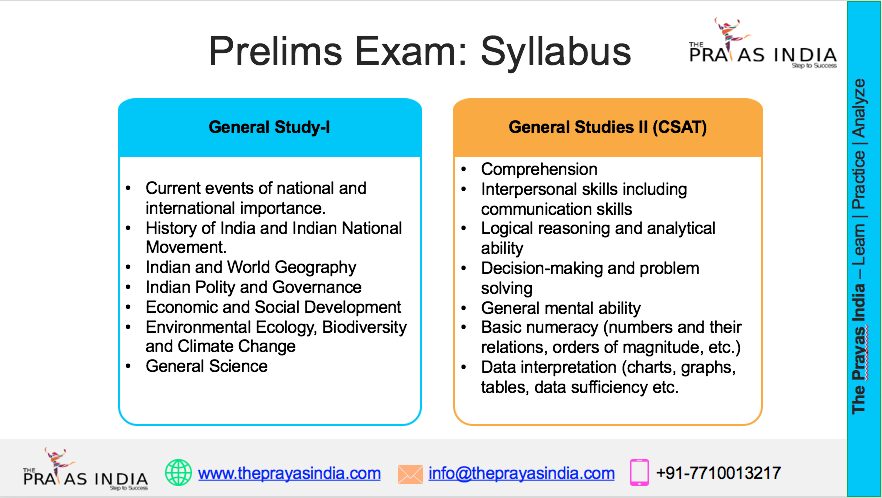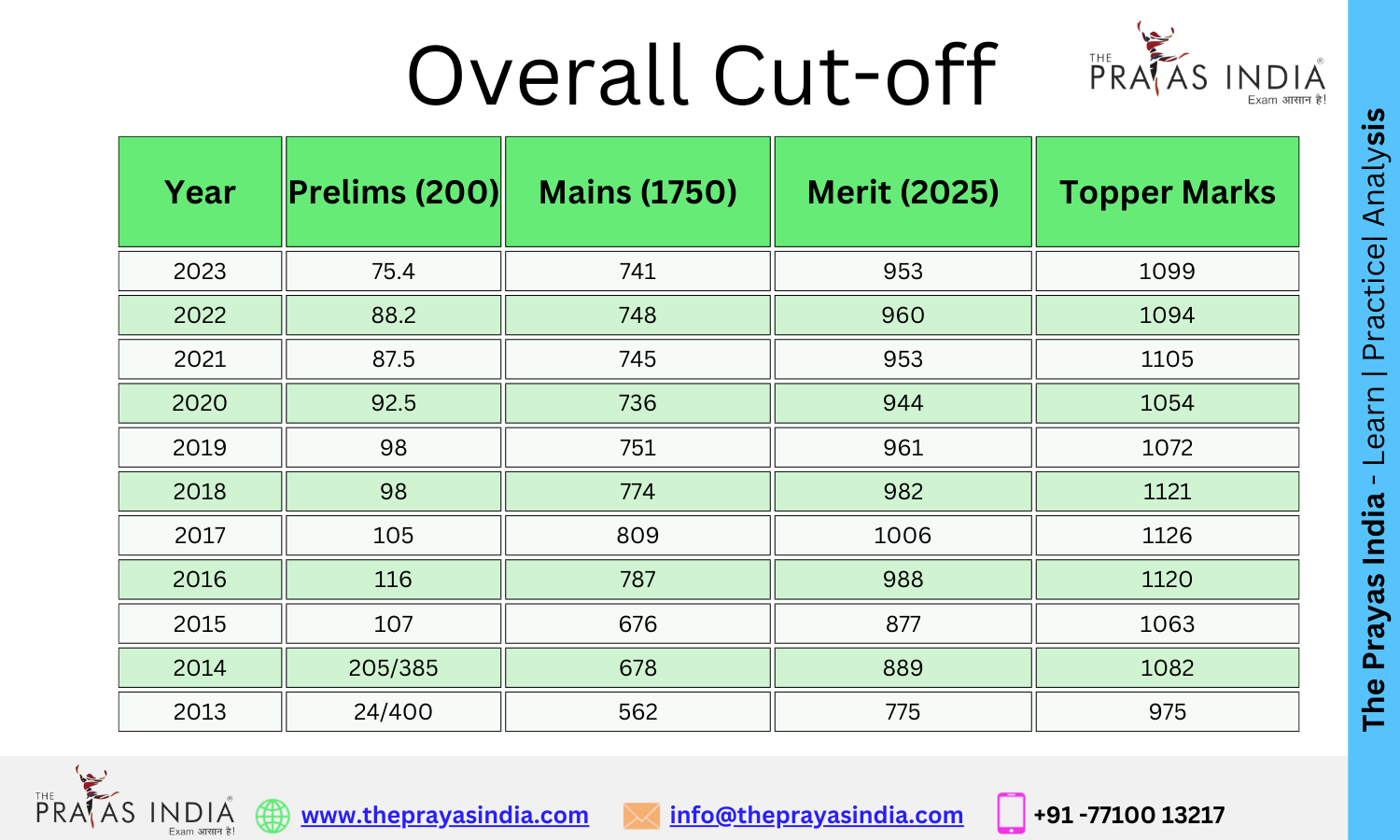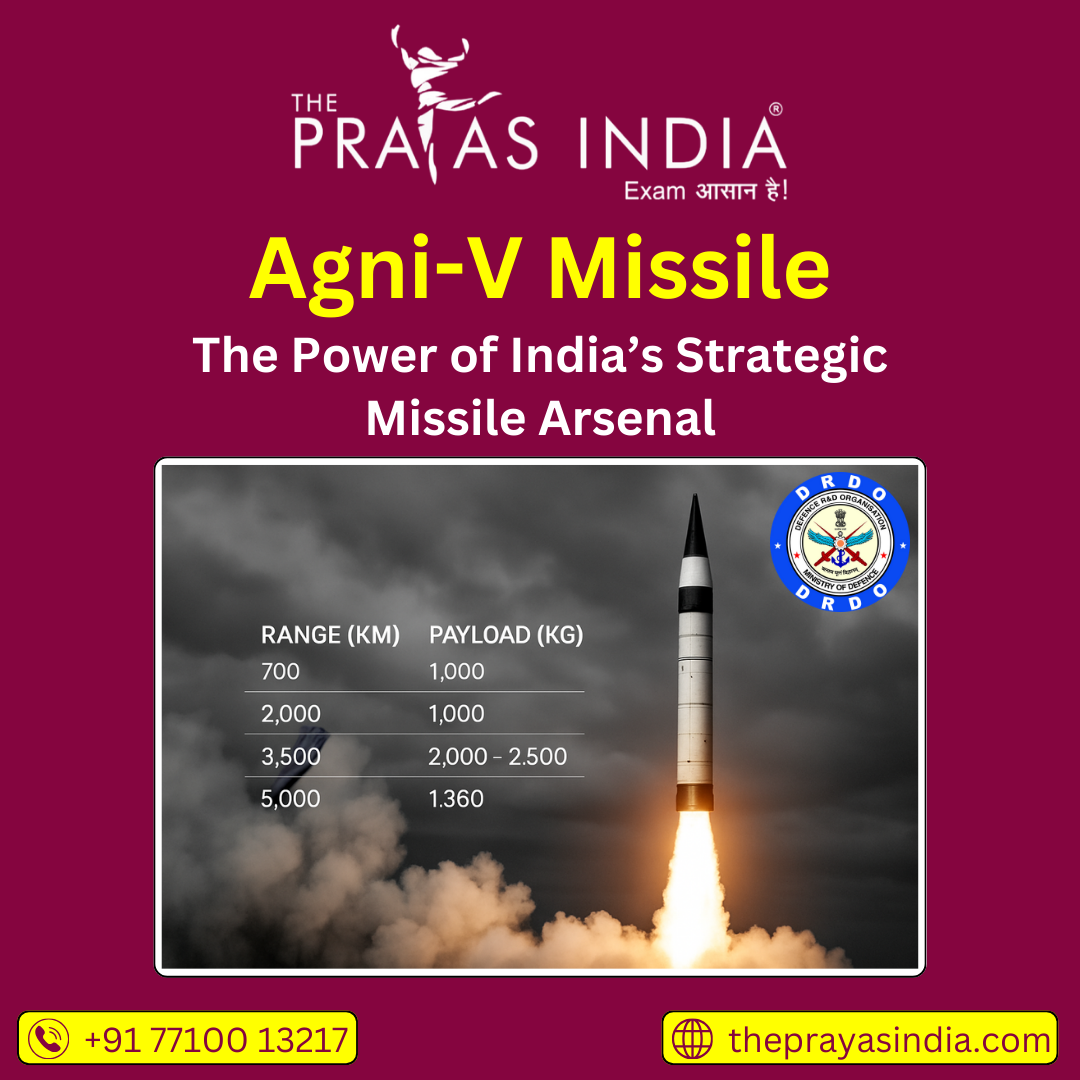India–ASEAN Relations: Strengthening Strategic Partnerships and Recent Developments
India’s relationship with the Association of Southeast Asian Nations (ASEAN) stands as one of the most vital pillars of its Act East Policy and a cornerstone of the broader Indo-Pacific vision. Over the last three decades, India–ASEAN relations have matured significantly, encompassing robust economic ties, dynamic political engagement, and expanding strategic, cultural, and people-to-people connections.
Historical Foundation and Strategic Importance
The dialogue partnership between India and ASEAN began in 1992 and was elevated to the status of a Strategic Partnership in 2012. With a shared vision for a free, open, and rules-based Indo-Pacific, India and ASEAN have continued to develop strong diplomatic coordination on regional security, maritime cooperation, and counterterrorism, while fostering prosperity and connectivity.
Economic Partnership
India is among ASEAN’s top trade partners, with bilateral trade exceeding $130 billion in 2025. The two economies are deeply intertwined through the ASEAN-India Free Trade Area (AIFTA), in force since 2010. Both sides are actively working to upgrade AIFTA, focusing on new areas like digital trade, resilient supply chains, green energy, and e-commerce.
Indian investments in ASEAN have surged, especially in sectors like infrastructure, information technology, pharmaceuticals, and fintech. Similarly, ASEAN businesses increasingly view India as a gateway to South Asia and a promising consumer market.
Political and Security Cooperation
India has consistently participated in key ASEAN-led mechanisms, including the East Asia Summit (EAS), ASEAN Regional Forum (ARF), and ASEAN Defence Ministers’ Meeting Plus (ADMM-Plus). These engagements emphasize regional stability, maritime security, disaster risk reduction, and response to transnational threats.
Recent years have seen growing collaboration in maritime domain awareness, joint naval exercises, and capacity-building in cybersecurity—addressing emerging regional and global challenges.
Recent Developments (2024–2025)
- Digital and Green Initiatives: In 2025, India and ASEAN jointly launched the ASEAN–India Digital Innovation Platform to promote AI, fintech, e-governance, and digital skills development. The cooperation focuses on bridging the digital divide and facilitating cross-border digital trade.
Both sides have also accelerated renewable energy partnerships, including knowledge sharing on solar, wind, and green hydrogen projects. - Regional Connectivity: The Kaladan Multi-Modal Transit Transport Project and India–Myanmar–Thailand Trilateral Highway are nearing completion, which are set to enhance physical and economic connectivity between India’s Northeast and the ASEAN region.
- Security: A new annual ASEAN–India Maritime Security Dialogue was institutionalized in 2025, aimed at combating piracy, trafficking, and promoting freedom of navigation.
- People-to-People Relations: Scholarship and exchange programs for students, professionals, and entrepreneurs have expanded, strengthening grassroots ties and mutual understanding.
Challenges and the Road Ahead
Despite significant progress, challenges remain—such as trade imbalances, non-tariff barriers, and geopolitical instabilities in the South China Sea and Myanmar. However, regular high-level visits and the willingness to address sensitive issues point to a resilient, adaptive partnership.
India–ASEAN relations are poised for a dynamic future, especially as both sides seek deeper cooperation in emerging sectors like digital technology, clean energy, and global health.
Conclusion
India–ASEAN ties are not just about economic gains or strategic alignment; they build a bedrock of friendship, shared growth, and cultural understanding across South and Southeast Asia. As global geopolitics evolve, sustained collaboration between India and ASEAN will be decisive in shaping the peace, stability, and prosperity of the Indo-Pacific.


![Prayas-लक्ष्य [UPSC CSE Target] The Prayas India](https://theprayasindia.com/wp-content/uploads/2021/08/Prayas-लक्ष्य-UPSC-CSE-Target-The-Prayas-India-300x167.png)

![Prayas Pre-भेदश [UPSC CSE Prelims Test Series] The Prayas India](https://theprayasindia.com/wp-content/uploads/2021/08/Prayas-Pre-भेदश-UPSC-CSE-Prelims-Test-Series-The-Prayas-India-300x167.png)










